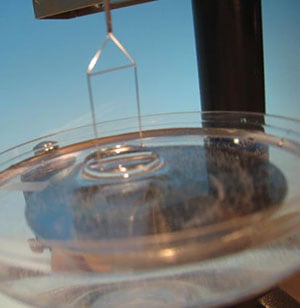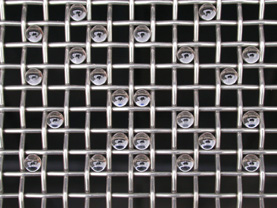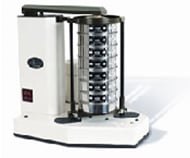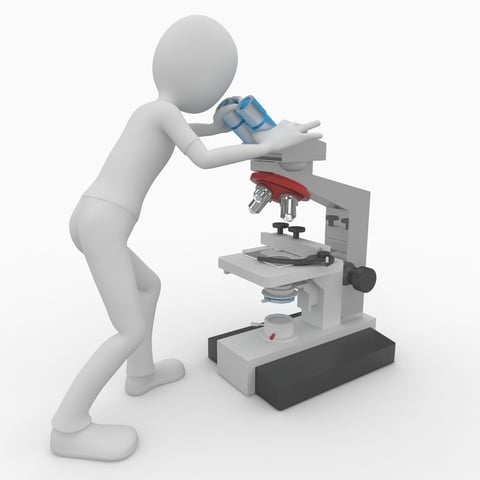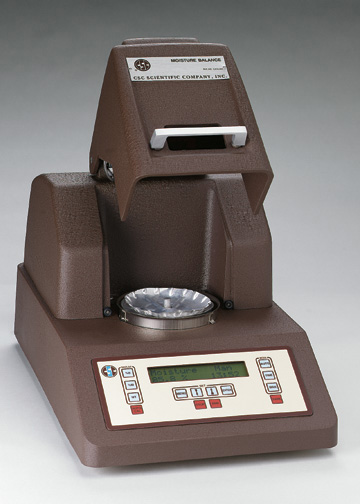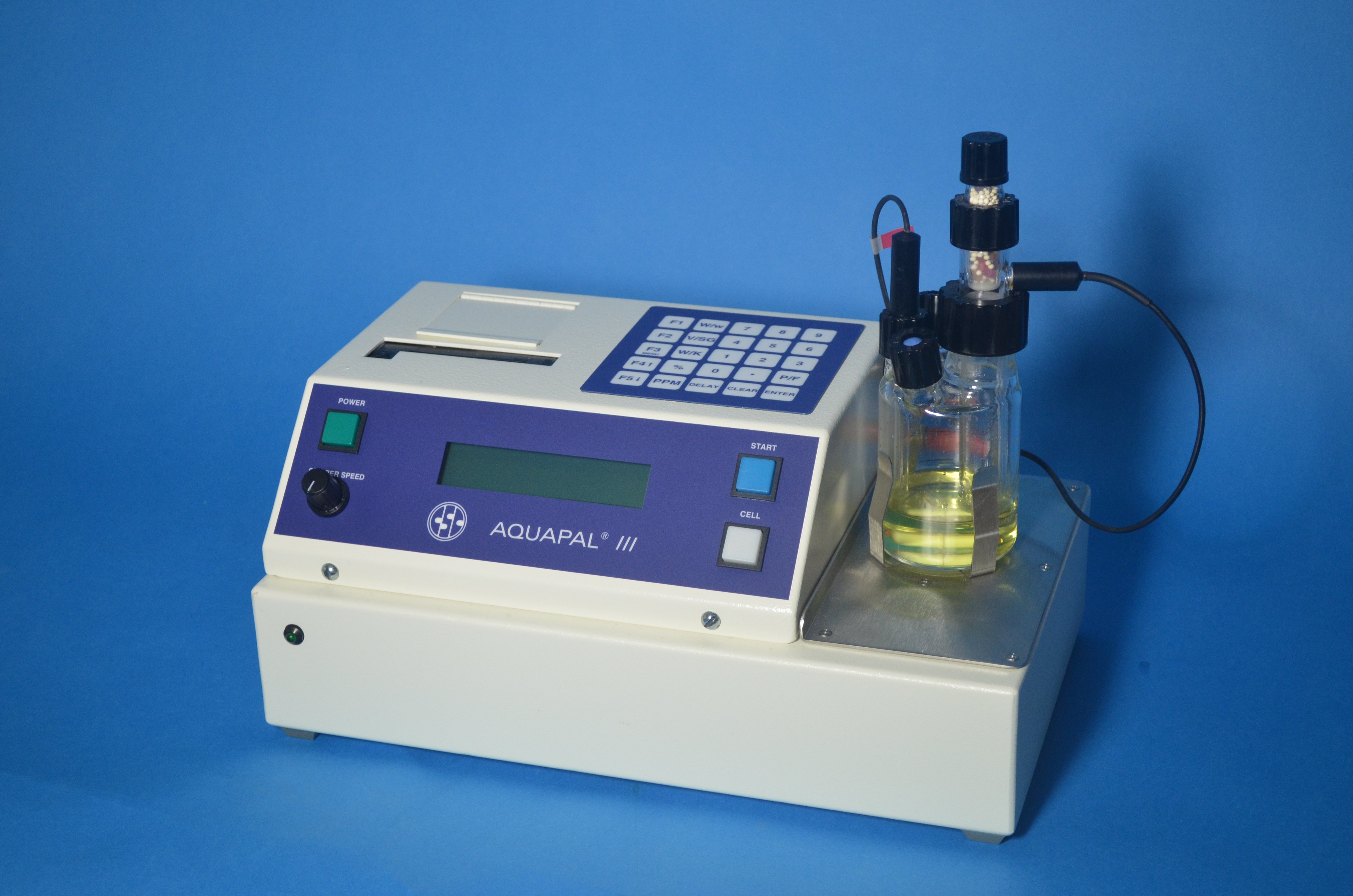The definition of Liquid Surface Tension is simple.
It's the force that keeps a liquid from flying off into space.
However, the measurement of surface tension can take many forms, which can be confusing. In an attempt to get some clarity, we have articulated two principle measurement concepts in this article: drop-based measurement and force-based measurement.
Read More
Topics:
Automatic Digital Tensiometer,
Automatic Surface Tension Measurment,
Surface Tension Measurement,
Surface Tension,
Interfacial Tensiometer,
interfacial tension,
tensiometers,
du Nouy tensiometer,
surface tension instruments,
surface tension analysis
Yes Harry, there is a Santa Claus. Or, more specifically, there really is a Holy Grail for ensuring consistent particle size analysis.
If you’ve been following along, you know it was proven by Pequeño and his family of 150 micron particles who tried to bust our friend Harry’s quality control by attempting to slip through the mesh in Harry’s test sieves and defeat sieve certification.
If you missed this drama, check out previous posts in the Holy Grail series here:
Is there a Holy Grail of Sieve Analysis?
Will Certification Lead to the Holy Grail of Sieving?
Does Calibration Light the Way to the Sieving Holy Grail?
Sieve Calibration is the Holy Grail!
And finally check out our eBook here: Free eBook
Now that we have indeed confirmed that, yes, sieve calibration really is the Holy Grail that sieve testers have been looking for, let’s get to work and dive a little deeper. Let’s examine some methods of sieve calibration.
Read More
Topics:
Pequeño,
Calibration,
Particle Size Analysis,
Sieve Calibration,
Sieve Certification,
Sieve Testing,
Sieves,
Sieving Process,
du Nouy tensiometer,
sieve mesh,
particle sieze testing,
sieve stack,
Sieve Quality
You may remember Pequeño and his family of very small 150 micron (150µ) particles being very determined to defeat sieve certification.
Read More
Topics:
Calibration,
Particle Size Analysis,
Sieve Calibration,
Sieve Certification,
Sieve Testing,
Sieves,
Sieving Process,
Sieve Analysis,
Sieve Quality
All about sieve Calibration
We continue to search for answers to the question "Is Sieve Calibration Really the Holy Grail?" Pequeño, you may remember him as a very small (150-micron) particle who has many similar-sized family members. They are determined to defeat Brad and his Sieve Certification.
Foiling A Sieve Test
Read More
Topics:
Calibration,
Particle Size Analysis,
Sieve Certification,
Sieve Testing,
Sieves,
Sieving Process,
Sieve Analysis
Adventures of Pequeño
This is another Adventure of Pequeño: The 150 Micron Particle, I wonder why I get myself into these fantasies. However, once I start I feel constrained to press on.
In an earlier encounter, our little friend Pequeño, was on a determined quest to make it through sieves -- particularly those through which were said be too small for him to pass. In this scenario, Pequeño along with some of his family and friends -- all small particles about 150 microns in size -- are on their way to a sieve test.
Read More
Topics:
Sieve Shakers,
Sieve Blinding,
ASTM,
Pequeño,
Calibration,
Particle Size Analysis,
Sieve Calibration,
Sieve Certification,
Sieve Testing,
Sieves,
sieve shaker,
sieve stack,
certfication
Holy grail and Sieve Calibration
Sieve calibration is the final step in determining whether processes yield suitable end results. In other words:
- Is your concrete going to be strong enough?
-
Will you chocolates taste right?
-
Will your washing powder flow and dissolve as advertised?
-
Is there dangerous residue in your pill stock?
-
Will the “frack sand” keep the fractures open?
-
Is my salt of the correct grade?
If these are not correct, serious consequences could result (e.g. spoiled product, returned batches, rework or scrap).
Read More
Topics:
Calibration,
Particle Size Analysis,
Sieve Calibration,
Sieve Certification,
Sieve Testing,
Sieves,
Sieving Process,
particle sieze testing
Topics:
Coulometric Karl Fischer,
Moisture Analysis,
Moisture Testing,
Karl Fischer Oven,
Karl Fischer,
Karl Fischer Titration,
Loss-On-Drying,
Moisture,
interfacial tension,
moisture content,
moisture measurement
What seems like a million words ago, I began this journey explaining the simplest approach to measuring or determining moisture: Loss-on Drying. Little did I know how involved and esoteric it would become.
This voyage has taken me down mysterious paths through spooky theories, back to age-old chemistry concepts and into the vagaries of thermodynamics related to evaporation, vapor pressure, bound water and water activity. I have come full-circle; back to explaining Loss-on Drying -- a form of drying that I had assumed would be the simplest of all.
I thought the first four topics [evaporation, vapor pressure, bound moisture, water activity] were tough, complex, confounding and less-than-obvious. Drying -- defined as “the mass-transfer process of removing water (or other solute) by evaporation from a solid, semi solid or liquid” -- seemed easy.
As is often the case, reality makes “easy” a non-operative word. Such has turned out to be so with respect to the issue of drying.
Read More
Topics:
Free Moisture,
Moisture Sorption Isotherm,
Moisture Oven Test,
Moisture Analysis,
Moisture Testing,
Loss-On-Drying,
Moisture
In my previous missive about Loss-On drying, we discussed Vapor Pressure -- because logically it was next. As we continue to explore moisture, we learn how vital vapor pressure is when regarding the quirky issues of free and bound water.
Read More
Topics:
Evaporation,
Bound Moisture,
Free Moisture,
Moisture Analysis,
Moisture Testing,
Karl Fischer Titration,
Praxis Moisture Balance,
Loss-On-Drying,
Moisture,
karl fischer moisture,
water content measurement

